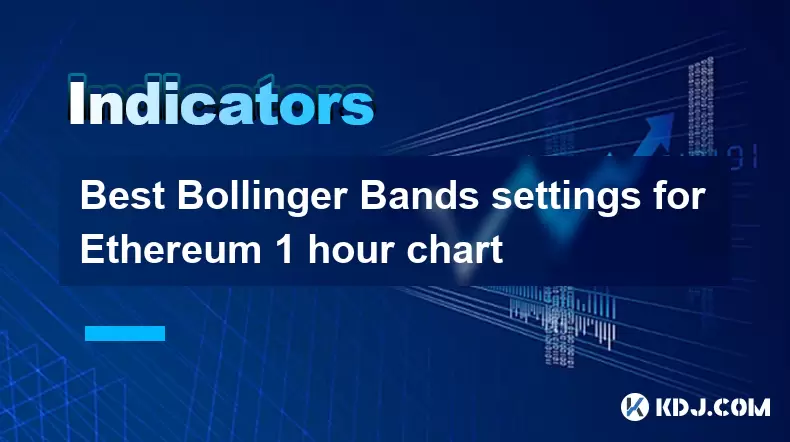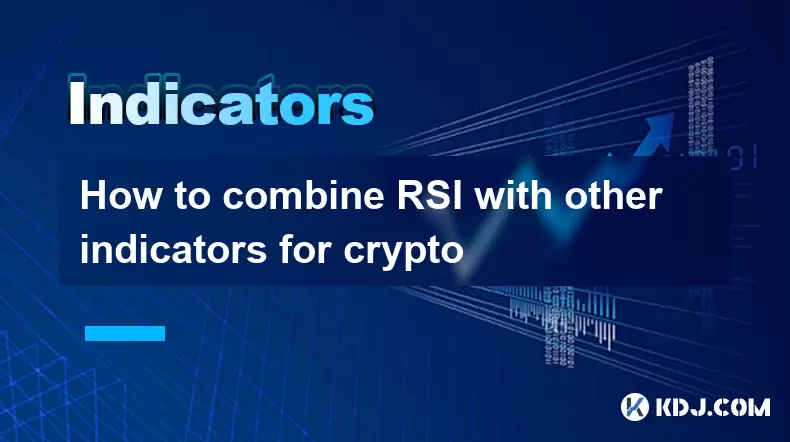-
 Bitcoin
Bitcoin $119,161.9671
1.52% -
 Ethereum
Ethereum $2,995.0722
2.34% -
 XRP
XRP $2.8555
5.32% -
 Tether USDt
Tether USDt $1.0002
0.00% -
 BNB
BNB $692.9308
1.48% -
 Solana
Solana $162.9611
1.87% -
 USDC
USDC $0.9999
0.00% -
 Dogecoin
Dogecoin $0.2014
2.84% -
 TRON
TRON $0.3032
0.90% -
 Cardano
Cardano $0.7464
6.51% -
 Hyperliquid
Hyperliquid $49.1533
5.71% -
 Stellar
Stellar $0.4773
24.77% -
 Sui
Sui $3.4979
3.93% -
 Chainlink
Chainlink $15.8552
6.01% -
 Hedera
Hedera $0.2401
23.85% -
 Bitcoin Cash
Bitcoin Cash $510.0474
0.97% -
 Avalanche
Avalanche $21.5550
4.82% -
 UNUS SED LEO
UNUS SED LEO $9.0389
-0.47% -
 Shiba Inu
Shiba Inu $0.0...01340
2.27% -
 Toncoin
Toncoin $2.9910
0.62% -
 Litecoin
Litecoin $96.4406
4.34% -
 Polkadot
Polkadot $4.0359
4.59% -
 Monero
Monero $338.4759
2.80% -
 Uniswap
Uniswap $8.6460
4.01% -
 Dai
Dai $0.9999
0.00% -
 Ethena USDe
Ethena USDe $1.0007
0.03% -
 Pepe
Pepe $0.0...01254
3.26% -
 Bitget Token
Bitget Token $4.3969
0.79% -
 Aave
Aave $312.2641
3.98% -
 Bittensor
Bittensor $397.0731
4.17%
Best Bollinger Bands settings for Ethereum 1 hour chart
Traders adjust Bollinger Bands' period and standard deviation on Ethereum's 1-hour chart to better capture volatility and improve signal accuracy.
Jul 12, 2025 at 01:42 am

Understanding Bollinger Bands in Cryptocurrency Trading
Bollinger Bands are one of the most popular technical analysis tools used by traders across various financial markets, including Ethereum (ETH) trading. Developed by John Bollinger in the 1980s, these bands consist of a middle moving average line and two outer bands that represent standard deviations from that average. In the context of Ethereum's 1-hour chart, understanding how to configure and interpret Bollinger Bands can significantly enhance trading strategies.
The primary components of Bollinger Bands include:
- A 20-period simple moving average (SMA) as the central line
- An upper band calculated at two standard deviations above the SMA
- A lower band calculated at two standard deviations below the SMA
These settings are considered the default for most platforms. However, due to the volatility and fast-moving nature of cryptocurrencies like Ethereum, traders often experiment with different parameters to better capture market dynamics on shorter timeframes such as the 1-hour chart.
Why Ethereum’s Volatility Demands Custom Settings
Ethereum is known for its high volatility, especially when compared to traditional assets like stocks or commodities. This volatility means that the default Bollinger Band settings (20, 2) may not always provide reliable signals on the 1-hour chart, where price action can change rapidly based on news, macroeconomic events, or sudden shifts in investor sentiment.
Traders who focus on short-term movements need more responsive indicators. Therefore, adjusting the period length and standard deviation multiplier becomes essential. For instance, using a shorter period (like 14 or 17) could make the bands react more quickly to price changes, while increasing the standard deviation (to 2.5 or 3) might reduce false breakouts during highly volatile periods.
Optimal Period Length for Ethereum 1-Hour Chart
When it comes to selecting the optimal period length for Bollinger Bands on Ethereum’s 1-hour chart, many experienced traders prefer a 14-period setting over the traditional 20-period. This adjustment allows the bands to tighten and expand more dynamically, reflecting the rapid price fluctuations typical of crypto markets.
Here’s how you can adjust this parameter on most trading platforms:
- Open your preferred trading view or charting software
- Locate the Bollinger Bands indicator settings
- Change the “Length” value from 20 to 14
- Apply the changes and observe how the bands now hug the price closer
This tighter configuration helps identify potential reversals and breakout points more accurately. However, it also increases the risk of whipsaws, so combining this setup with other confirming indicators like Relative Strength Index (RSI) or volume is highly recommended.
Adjusting Standard Deviation Multiplier for Better Signals
While the default standard deviation is set at 2, some traders find this too sensitive for Ethereum’s erratic behavior on the 1-hour timeframe. Increasing the multiplier to 2.5 or even 3 can help filter out false breakouts and noise, making the bands more effective during high-volatility phases.
To modify the standard deviation:
- Access the indicator settings panel
- Look for the “Standard Deviation” input field
- Increase the value from 2 to 2.5 or 3
- Save and apply the updated settings
With a higher standard deviation, the bands widen, allowing for more room before prices reach extreme levels. This approach is particularly useful during news-driven rallies or sharp corrections, where the price might temporarily spike outside the usual range without indicating a true reversal or trend continuation.
Combining Bollinger Bands with Volume Analysis
One of the most effective ways to use Bollinger Bands on Ethereum’s 1-hour chart is to combine them with volume indicators. When the price touches or breaks through a band, checking whether there’s a corresponding spike in volume can offer confirmation about the strength of the move.
For example:
- If the price hits the upper band and volume surges, it could indicate strong buying pressure
- Conversely, if the price breaches the lower band and volume expands downward, it may signal panic selling
Adding a volume oscillator or on-balance volume (OBV) to your chart can provide additional context. Some traders also use Volume Weighted Average Price (VWAP) alongside Bollinger Bands to assess whether the current price is overextended relative to volume-weighted averages.
Frequently Asked Questions
Q: Can I use Bollinger Bands alone for trading Ethereum?
A: While Bollinger Bands are powerful, relying solely on them can lead to inconclusive signals, especially in cryptocurrency markets. It’s best to combine them with other tools like RSI, MACD, or volume indicators to confirm trends and avoid false breakouts.
Q: Should I change the Bollinger Band settings every time the market condition changes?
A: Adjusting settings based on prevailing conditions can improve accuracy. During calm market phases, the default settings may work well, but during high volatility, tweaking the period and standard deviation can yield better results.
Q: How do I know if a Bollinger Band breakout is genuine or a false signal?
A: Watch for candlestick patterns after a breakout. A strong bullish candle closing beyond the upper band with high volume is more likely to be valid than a weak candle with low volume. Also, look for price rejection or retest behavior near the bands.
Q: Do Bollinger Bands work better on higher timeframes like 4-hour or daily charts?
A: Bollinger Bands tend to produce fewer false signals on higher timeframes. However, for active traders focusing on intraday moves, the 1-hour chart with adjusted settings offers a balanced mix of responsiveness and reliability.
Disclaimer:info@kdj.com
The information provided is not trading advice. kdj.com does not assume any responsibility for any investments made based on the information provided in this article. Cryptocurrencies are highly volatile and it is highly recommended that you invest with caution after thorough research!
If you believe that the content used on this website infringes your copyright, please contact us immediately (info@kdj.com) and we will delete it promptly.
- Bitcoin: Buy the Dip Before the March 2028 Halving?
- 2025-07-14 12:30:11
- Seattle Sports, BlockDAG, and Price Rise: What's the Buzz?
- 2025-07-14 12:50:12
- Bitcoin Price Rockets: New ATHs and What's Next?
- 2025-07-14 13:10:15
- Metaplanet's Bold Bitcoin Bet: A New Corporate Strategy?
- 2025-07-14 13:10:15
- Bitcoin Blasts Past $119,000: Is $120,000 Next, or Are We Due for a Reality Check?
- 2025-07-14 13:30:12
- Satoshi Nakamoto: From Crypto Creator to Richest Person?
- 2025-07-14 13:30:12
Related knowledge

Advanced RSI strategies for crypto
Jul 13,2025 at 11:01am
Understanding the Basics of RSI in Cryptocurrency TradingThe Relative Strength Index (RSI) is a momentum oscillator used to measure the speed and chan...

Crypto RSI for day trading
Jul 12,2025 at 11:14am
Understanding RSI in the Context of Cryptocurrency TradingThe Relative Strength Index (RSI) is a momentum oscillator used to measure the speed and cha...

Crypto RSI for scalping
Jul 12,2025 at 11:00pm
Understanding RSI in the Context of Crypto TradingThe Relative Strength Index (RSI) is a momentum oscillator widely used by traders to measure the spe...

What does an RSI of 70 mean in crypto
Jul 13,2025 at 06:07pm
Understanding the RSI Indicator in Cryptocurrency TradingThe Relative Strength Index (RSI) is a widely used technical analysis tool that helps traders...

How to avoid RSI false signals in crypto
Jul 13,2025 at 06:21pm
Understanding RSI and Its Role in Crypto TradingThe Relative Strength Index (RSI) is a momentum oscillator used to measure the speed and change of pri...

How to combine RSI with other indicators for crypto
Jul 12,2025 at 08:35am
Understanding the Role of RSI in Crypto TradingThe Relative Strength Index (RSI) is a momentum oscillator that measures the speed and change of price ...

Advanced RSI strategies for crypto
Jul 13,2025 at 11:01am
Understanding the Basics of RSI in Cryptocurrency TradingThe Relative Strength Index (RSI) is a momentum oscillator used to measure the speed and chan...

Crypto RSI for day trading
Jul 12,2025 at 11:14am
Understanding RSI in the Context of Cryptocurrency TradingThe Relative Strength Index (RSI) is a momentum oscillator used to measure the speed and cha...

Crypto RSI for scalping
Jul 12,2025 at 11:00pm
Understanding RSI in the Context of Crypto TradingThe Relative Strength Index (RSI) is a momentum oscillator widely used by traders to measure the spe...

What does an RSI of 70 mean in crypto
Jul 13,2025 at 06:07pm
Understanding the RSI Indicator in Cryptocurrency TradingThe Relative Strength Index (RSI) is a widely used technical analysis tool that helps traders...

How to avoid RSI false signals in crypto
Jul 13,2025 at 06:21pm
Understanding RSI and Its Role in Crypto TradingThe Relative Strength Index (RSI) is a momentum oscillator used to measure the speed and change of pri...

How to combine RSI with other indicators for crypto
Jul 12,2025 at 08:35am
Understanding the Role of RSI in Crypto TradingThe Relative Strength Index (RSI) is a momentum oscillator that measures the speed and change of price ...
See all articles

























































































